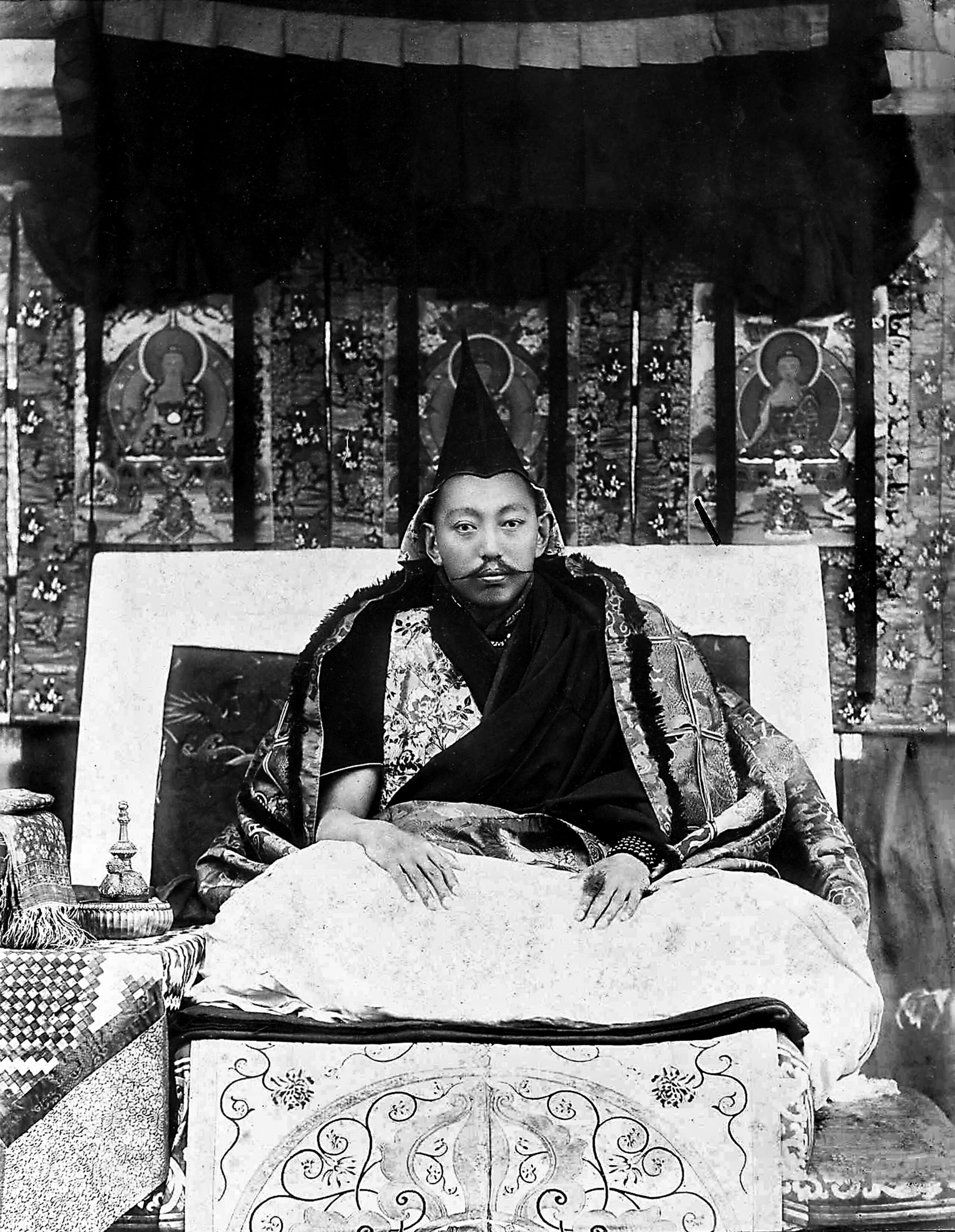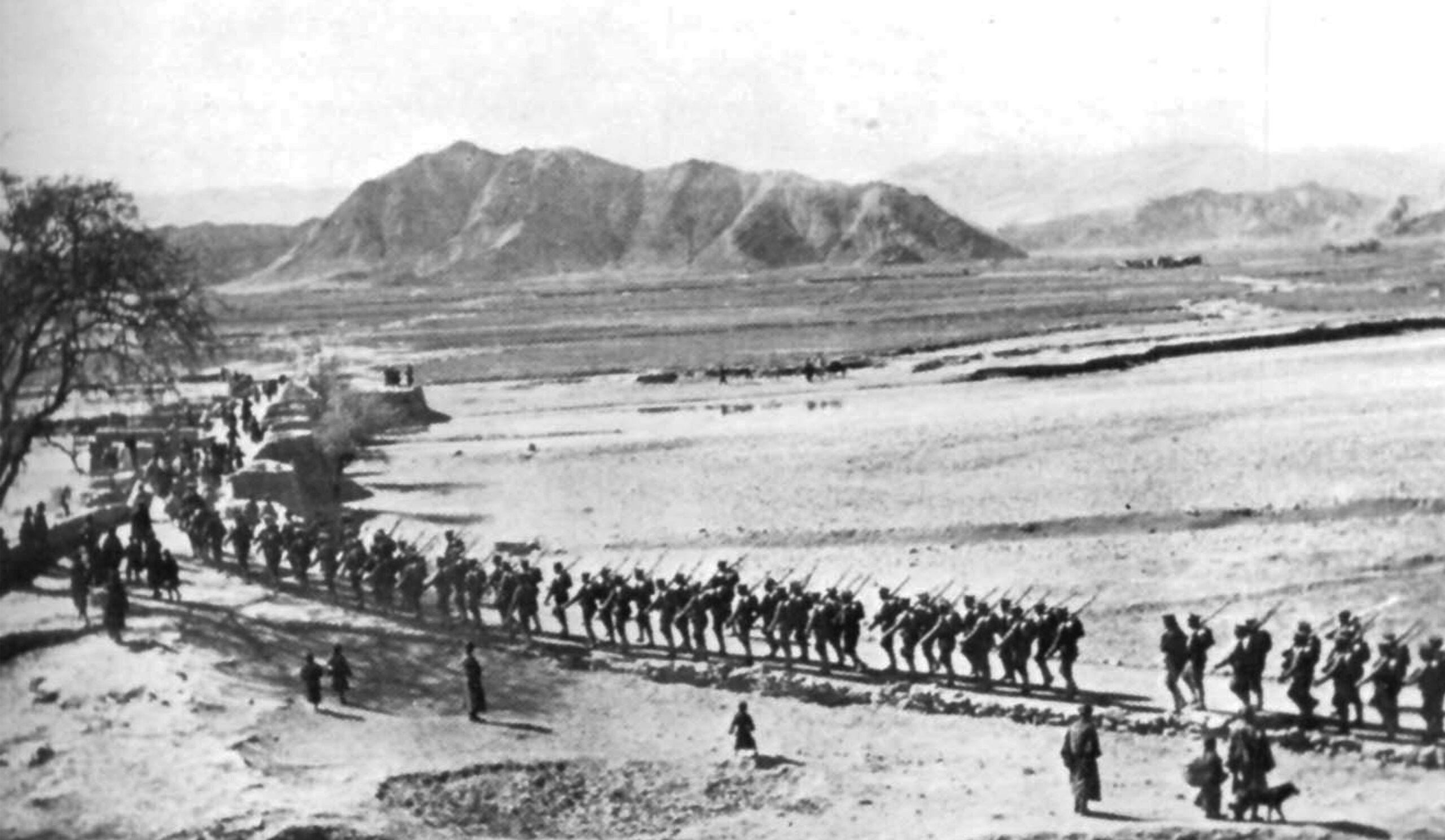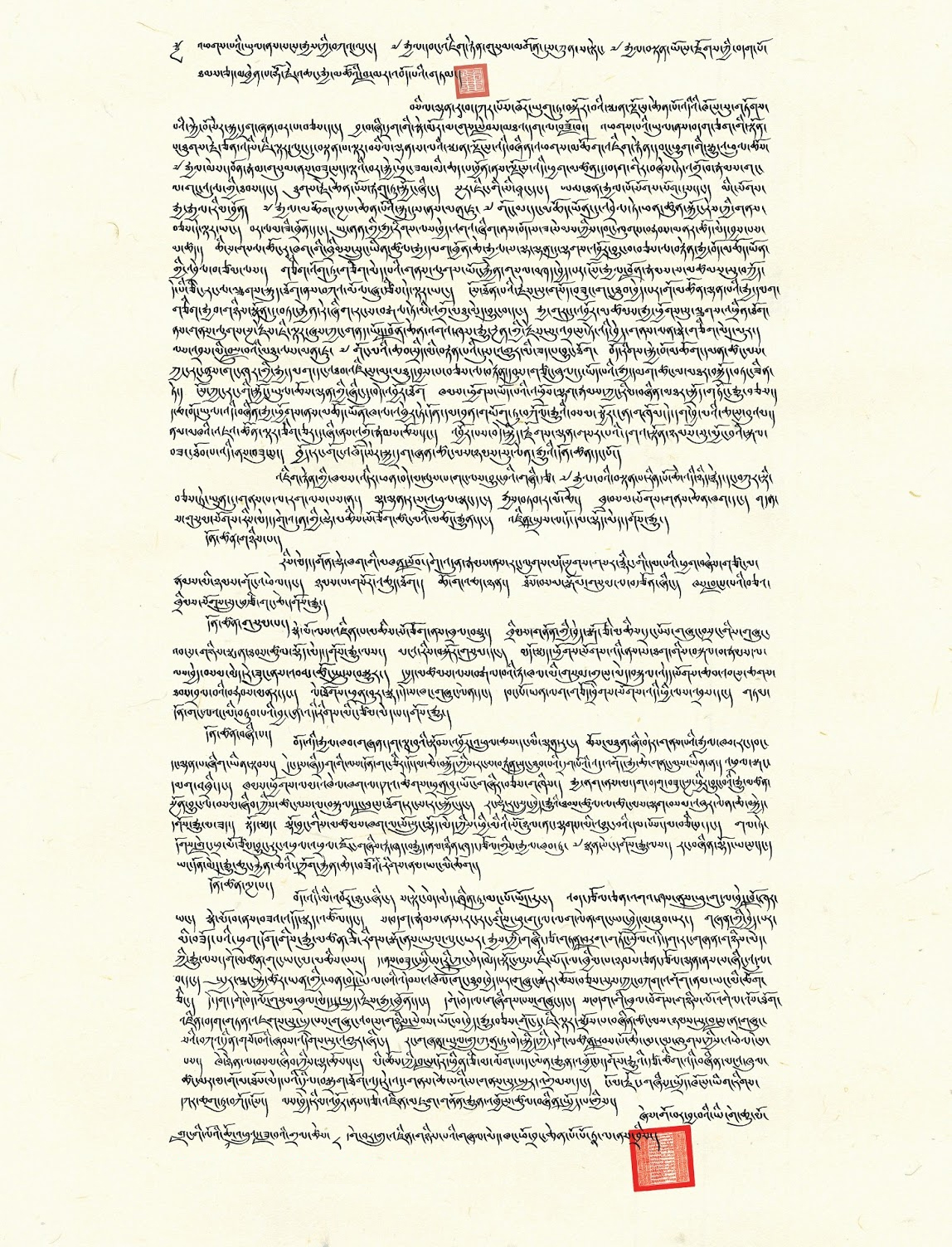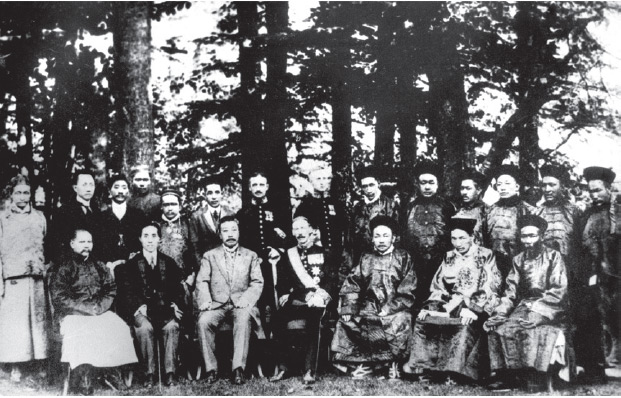

Declaration of Independence and Shimla Agreements
With the fall of the Qing Dynasty in China in 1911, Tibetans expelled remnant Chinese troops and stationed Amban. The 13th Dalai Lama returned and, on 13 February 1913, issued a five-point proclamation reasserting Tibet’s independence.
Tibet entered a new era of international diplomacy. At the 1914 Simla Conference, representatives from Tibet, British India, and China negotiated a tripartite agreement. Although China later withdrew, Tibet and Britain signed a bilateral accord recognizing Tibet’s autonomy and demarcating what became known as the McMahon Line.
This marked a defining moment—Tibet was engaging in diplomacy and treaty-making as a sovereign state.




